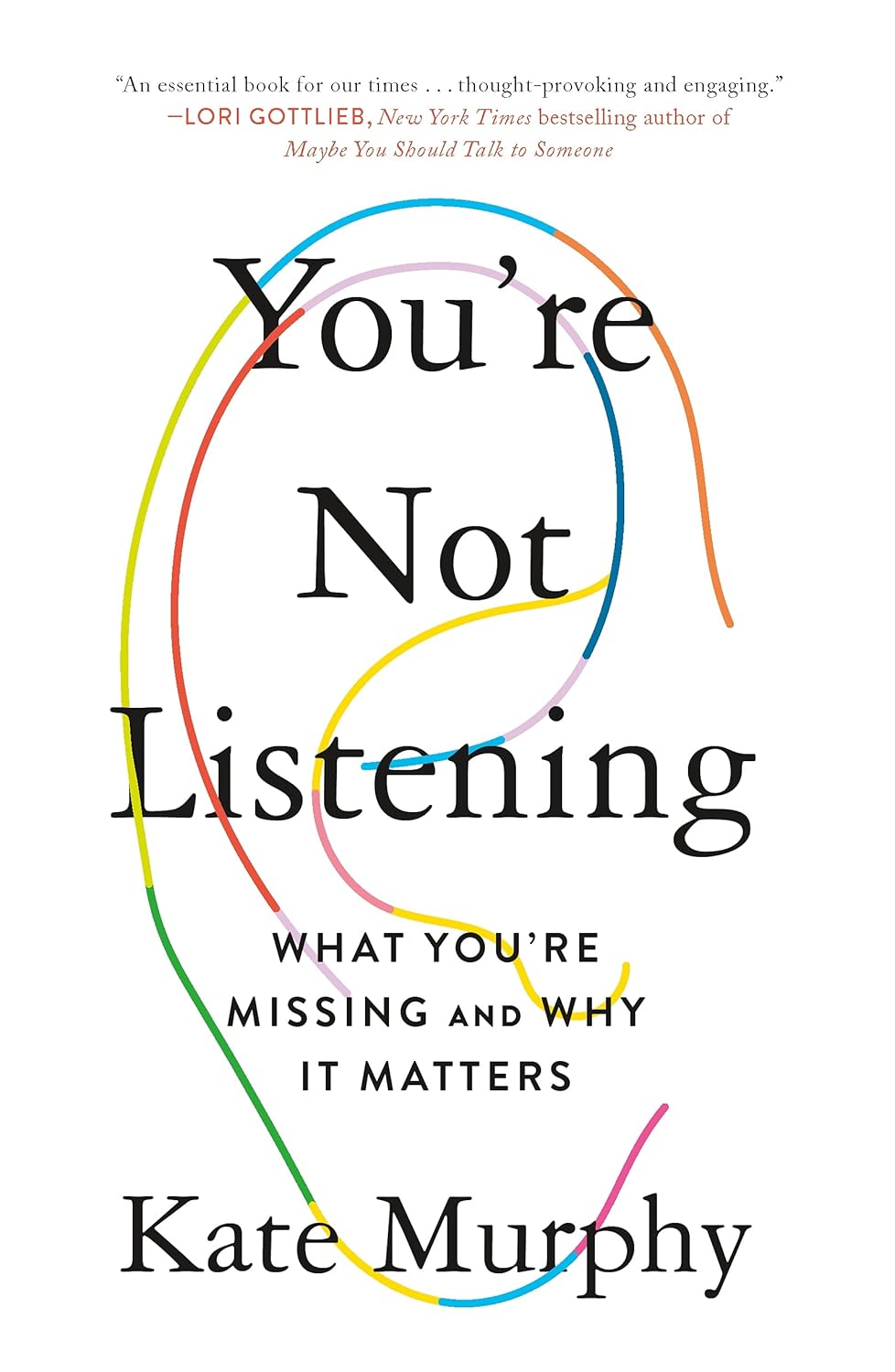Find Your Phrase in Important Moments
Carolyn Geason-Beissel/MIT SMR | Getty Images Respect, at its core, isn’t supposed to be partisan, political, or tribal. In societies like the U.S., basic respect and dignity should be accorded to everyone. It’s not supposed to matter whether you’re a CEO or a CEO’s assistant, religious or agnostic, Black or White. The claim is this: […]

Carolyn Geason-Beissel/MIT SMR | Getty Images

Respect, at its core, isn’t supposed to be partisan, political, or tribal.
In societies like the U.S., basic respect and dignity should be accorded to everyone. It’s not supposed to matter whether you’re a CEO or a CEO’s assistant, religious or agnostic, Black or White. The claim is this: You’re entitled to basic respect for yourself, and you’re expected to be respectful to everyone else.
Yet, if we’re honest, violations of decency and civility — of basic respect — still happen far too often in the workplace. According to an analysis of multiple studies, various forms of interpersonal disrespect and mistreatment cost organizations up to $2 trillion annually due to reduced employee health, effort, and performance.1 Whatever the exact figure is in your organization, research suggests disrespect in the workplace is a big problem.
It’s also clear that merely telling ourselves that we’ll start being more courageous when disrespect happens — that we’ll “buck up” and do the right thing despite the risks — isn’t enough. Each of us needs to learn and practice an approach for doing our part when we hear or see disrespectful speech or behavior, whether the demeaning or devaluing comment is directed toward us or others in our organization.
Imagine, for example, that you’re in a team meeting where the leader, frustrated about recent challenges with difficult clients, angrily says, “You all need to get it together and stop embarrassing me.” Or you’re at the office watercooler when you overhear some colleagues talking about a coworker. One of them says, “Janet was overly emotional in that meeting. That’s why I don’t include her and women like her in high-stakes projects.”
Many of us have experienced situations where we or someone else was problematically stereotyped, inappropriately dressed down, or held back from opportunities. In these cases, we’d like to think we wouldn’t be a silent victim or bystander. Unfortunately, the evidence suggests otherwise. For example, in a well-designed study, participants were initially asked to respond to a set of decision-making scenarios, one of which involved hearing about sexual harassment toward a female. Participants then completed a four-part online team task, during which one of the male participants (as part of the study) made a sexually harassing comment toward a female participant. What happened? Although 64% had said they would take action as a witness to sexual harassment, only 20% did so when they had a chance.2
At other times, our response to situations like these isn’t silence but is equally problematic: We do speak up in real time, but in a way that only harms ourselves or the person we were trying to help. That kind of reaction also does nothing to change the offender’s behavior, because all of their attention shifts to mentally (or verbally) labeling us as inappropriate, out of control, or some other negative descriptor.
If our goal is to strongly defend our own values and act as an ally to others, why do we often use such ineffective strategies in the moment? Because “fight or flight” is humans’ instinctive, and therefore automatic, response to stressful situations. When we are thrust into scenarios that scare, shock, or confuse us, our natural reactions often miss the mark on what’s appropriate in modern environments or what’s consistent with our espoused moral code.
If we don’t work hard to overcome these natural tendencies, we’re likely to keep reacting the same way every time. We’ll stay silent only to later, with a calmed brain, realize exactly what we wish we’d said. We’ll keep regretting that, once again, we weren’t the ally we want to be to our colleagues. Or we’ll keep digging ourselves out of the trouble we caused when we lost our cool and just “let it rip” in response to an offense.
So, what can you do? We recommend that you choose a couple of phrases that you want to be able to reliably and skillfully use when faced with disrespectful, inappropriate behavior. Then you should practice using them until the phrases become automatic even when you’re significantly stressed.
A Framework of Effective Responses
Of course, when responding to workplace infractions, one size does not fit all. Different situations require different approaches, and your response will depend on your objectives, who is involved, and the context. Your personality and normal way of showing up in the world will also make some approaches more appealing and authentic for you. That’s why it’s helpful to purposefully choose a couple of go-to phrases you can skillfully evoke.
We’ve organized an array of possible responses into the following three categories, which we identified by synthesizing the advice of expert psychologists and organizational consultants.3 Which type of phrase to use in a given situation will depend, at a general level, on how you implicitly weight two objectives: to unambiguously condemn the current action, or to create a change in the beliefs or behavior of the offender. The former often feels better in the short run and sends an unambiguous signal about your values; the latter may feel less immediately satisfying but have greater overall impact.
Asserting: Set Clear Boundaries
Use assertive responses when a statement is clearly inappropriate and you want to make it known that such comments are unacceptable to you.
- “I don’t appreciate that comment.”
- “That’s not appropriate in a professional setting.”
- “That stereotype is harmful, and I won’t ignore it.”
- “If you wouldn’t want that said about your family or friend, don’t say it here.”
Assertive responses are effective for shutting down overt bias and unfair, overly personal attacks. For example, both of us are likely to choose assertive statements in response to something we see as clearly racist, sexist, or otherwise demeaning. We want to make clear that, no matter what someone’s reasons for saying it might have been, we don’t want to hear that kind of comment — period. Keep in mind, though, that assertive responses are the most likely to provoke defensiveness, so tone and delivery matter most of all with these kinds of statements.
Educating: Encourage Awareness and Change
If the speaker perhaps didn’t realize that their comment was problematic, an educational response delivered in a nonaggressive manner can help foster understanding.
- “That sounds like a stereotype. I used to think that too, but I’ve learned …”
- “I noticed that comment, and I want to share why it can be harmful.”
- “I feel uncomfortable with that statement because …”
- “I don’t think you realize the impact of what you just said.”
Educational responses work well when the goal is to broaden perspectives and encourage learning rather than simply call out the offense. For example, during conferences and panel discussions, Aba often hears people say, “Women who negotiate for higher salaries/compensation packages are too aggressive.” In those situations, she tries to respond with something like “I noticed that comment, and I want to share why it can be harmful. Lack of fair pay has a massive effect on lifetime earnings, so everyone should be encouraged to advocate for themselves, regardless of their gender.”
Inquiring: Spark Reflection and Dialogue
Sometimes, asking a question is the most effective way to challenge problematic comments and prompt self-reflection.
- “Can you clarify what you meant by that?”
- “Could you tell me why you think that’s true?”
- “What led you to that conclusion?”
- “Are we making assumptions here that deserve a second look?”
Inquiry-based responses encourage two-way conversation. This strategy allows you to challenge a statement without direct confrontation and can therefore be especially useful when the person who offended you holds more power. For example, Jim often hears people say variations of this statement: Diversity initiatives "lower the bar for talent” or “just prioritize some people while still excluding others.” In those situations, he tries to respond with something like “Can you clarify what you meant by that?” or “Can you share the data that supports that conclusion?” And when Aba hears comments related to age, such as “Young employees today don’t have a strong work ethic” or “Old employees just can’t keep up,” she tries to respond with something like “Could you tell me why you think that’s true?” Next, of course, we have to show that we’re willing to give the other person’s response a fair hearing.
Practicing Your Phrase
Choosing a few phrases that sound authentic to you is a necessary but insufficient first step. You’ll also have to practice those phrases over and over, if you hope to be able to skillfully use them when your brain’s deeply ingrained evolutionary and social fight-or-flight instincts take control. If you haven’t built new roads in your brain’s neural highway to prevent yourself from defaulting to your normal route, that’s exactly the path you’re likely to take.
Here’s a process for practicing your phrases:
Consider your identity factors. Think about what aspects of your identity might make you a target for disrespectful, biased behavior (such as your age, gender, nationality, experience level, religious or political beliefs, childhood or educational background).
Practice aloud. Imagine an attack on these identity factors, and then say your response phrase out loud, both when alone and with a trusted other. Watching yourself in a mirror might help you see how your face and body respond when using these phrases. A friend or colleague might be able to help you understand things you can’t readily assess yourself, like your tone.
Practice in low-stakes situations. Start by using your responses in casual conversations or practice sessions before applying them in higher-pressure, higher-stakes moments. You might, for example, commit to speaking up the next time a friend says something that offends you outside of work, or when a peer says something slightly off-kilter in a one-on-one context. Yes, this is less difficult than when faced with a public offense or one from a high-powered boss, but if you don’t get practice in relatively easy situations, you’ll never magically be ready to use your phrase in tough moments.
Reflect and adjust. After responding to a situation, ask yourself: Did I represent my values faithfully? Did I maintain professionalism? What kind of response did it invoke? Did I achieve whatever my objective was in using the phrase? Use your reflection to refine your approach.
We’ve used this process many times with groups we’ve worked with individually or together. Not one person has been unable to think of any identity factors for themselves. Disrespect is ubiquitous, and the ways it shows up cross all lines of identity and affiliation.
But when we rapidly throw insults related to someone’s identity factors at them (to help them practice in real time), few have practiced enough to be able to respond as well as they’d like. They freeze up. They say things that make themselves or others laugh or that would get them in trouble. But the nice thing is that this kind of stress-testing practice is effective precisely because nearly everyone is squirming uncomfortably in one way or another. People realize they’re laughing with each other, not at each other, and are really motivated to discuss how to keep practicing.
How Organizations Can Support Advocacy
Choosing, practicing, and using response phrases is hard work, and no one can do it for you. Each of us has to decide that we care enough about being true to our values to accept some potential social or professional consequences when we speak up. We have to decide to help create the culture we want to exist in and therefore not be a bystander or a victim within that culture.
That said, it’s a lot easier to advocate for ourselves and others in an environment that supports that behavior. So if you have the power to do so, help strengthen your organization’s culture of response by doing the following:
Protecting people who speak up. Allowing someone to experience negative consequences after using their phrase is a surefire way to undermine their willingness to do so again.
Recognizing and rewarding those who speak up. Thank people publicly for naming bad behavior. Give those who routinely speak up increased exposure to key people and projects, and make sure those folks get fair chances to be promoted into roles where they can have even greater influence on the culture.
Holding leaders — especially those in senior roles — accountable for the behavior they model. This means that leaders should not be a regular source of hurt and offense and should skillfully use their own phrases when they hear others make problematic comments. It’s folly to think employees will routinely call out bad behavior if they see their bosses routinely being silent bystanders.



































































![https //g.co/recover for help [1-866-719-1006]](https://newsquo.com/uploads/images/202506/image_430x256_684949454da3e.jpg)























![How Smart PMs Scale Their Careers in Any Org [TPG Live Recap]](https://tpgblog.com/wp-content/uploads/2025/06/2025-06-12-thumbnail-action.png?#)














































